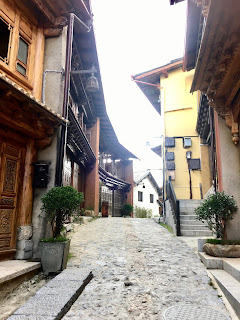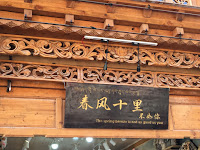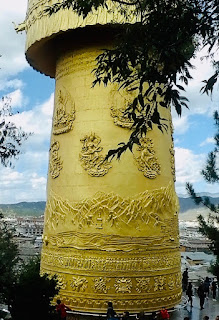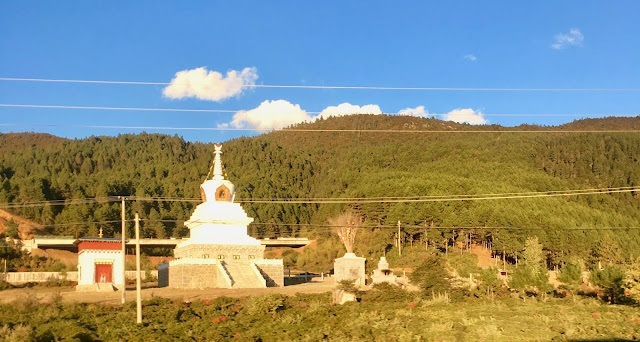
 Shangri-La is a fictional place described in the 1933 novel Lost Horizon by British author James Hilton. Hilton describes Shangri-La as a mystical, harmonious valley, gently guided from a lamasery, enclosed in the western end of the Kunlun Mountains. Shangri-La has become synonymous with any earthly paradise, particularly a mythical Himalayan utopia – a permanently happy land, isolated from the world. In the novel, the people who live at Shangri-La are almost immortal, living hundreds of years beyond the normal lifespan and only very slowly aging in appearance. The name also evokes the imagery of the exoticism of the Orient.
Shangri-La is a fictional place described in the 1933 novel Lost Horizon by British author James Hilton. Hilton describes Shangri-La as a mystical, harmonious valley, gently guided from a lamasery, enclosed in the western end of the Kunlun Mountains. Shangri-La has become synonymous with any earthly paradise, particularly a mythical Himalayan utopia – a permanently happy land, isolated from the world. In the novel, the people who live at Shangri-La are almost immortal, living hundreds of years beyond the normal lifespan and only very slowly aging in appearance. The name also evokes the imagery of the exoticism of the Orient.
In the ancient Tibetan scriptures, the existence of seven such places is mentioned as Nghe-Beyul Khembalung.[1] Khembalung is one of several beyuls (hidden lands similar to Shangri-La) believed to have been created by Padmasambhava in the 9th century as idyllic, sacred places of refuge for Buddhists during times of strife (Reinhard, 1978).
https://www.travelchinaguide.com/cityguides/yunnan/shangri-la/https://www.nationalgeographic.com/travel/intelligent-travel/2012/08/21/where-is-shangri-la/
https://www.telegraph.co.uk/travel/destinations/asia/china/articles/Shangri-La-China-paradise-found/
https://www.lonelyplanet.com/china/yunnan/shangri-la-zhongdian
https://www.tripadvisor.co.uk/Attractions-g670561-Activities-Shangri_La_County_Yunnan.html

https://www.chinahighlights.com/shangri-la/attraction/






























































